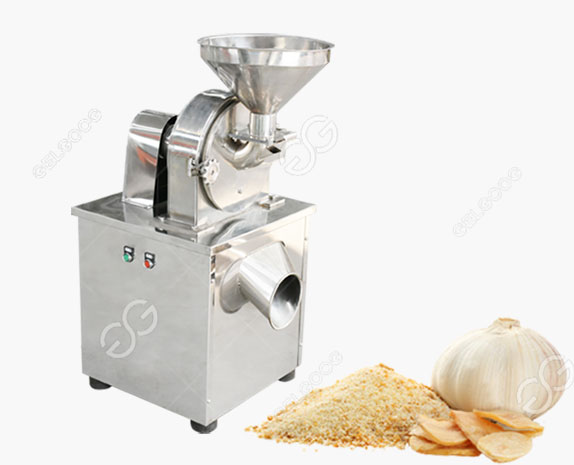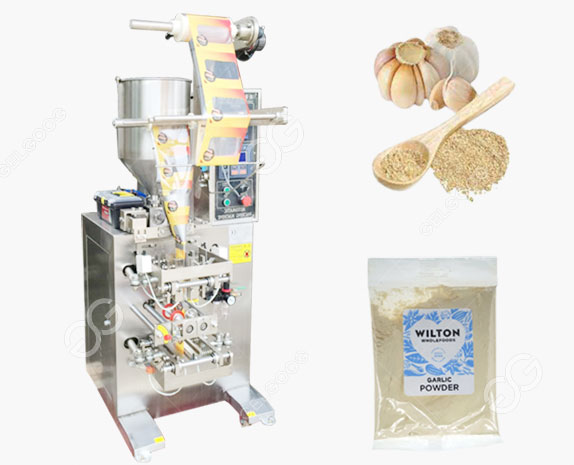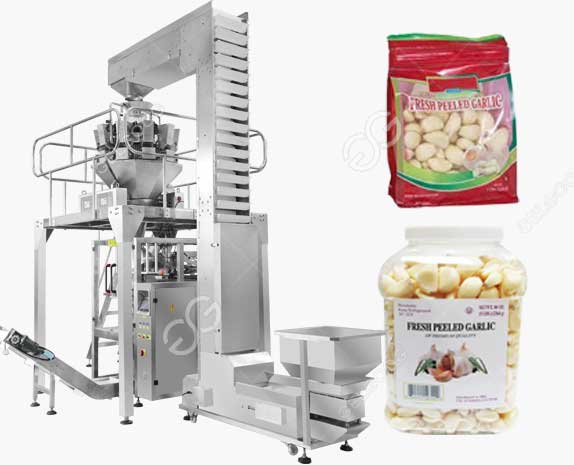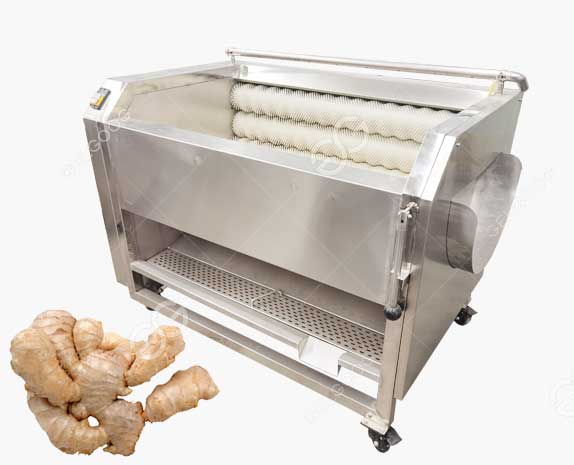Garlic, with its pungent aroma and distinctive flavor, is a staple ingredient in cuisines worldwide. Whether minced, sliced, or crushed, garlic adds depth and complexity to dishes, from pasta sauces to stir-fries. However, in its raw form, garlic has a relatively short shelf life. To extend its usability and preserve its flavors, commercial drying methods come into play. So, how exactly is garlic dried on a commercial scale? Let's delve into the process.
Understanding the Need for Commercial Drying
Garlic is rich in moisture, making it prone to spoilage if not preserved properly. Commercial drying serves as a reliable method to remove excess moisture content, thereby extending its shelf life while maintaining its taste and nutritional value.
The Commercial Drying Process
1. Harvesting:
The drying process begins with the harvesting of garlic bulbs once they have matured. Farmers carefully pull the bulbs from the soil and prepare them for the drying process.
2. Cleaning and Preparation:
Upon harvest, the garlic bulbs undergo thorough cleaning to remove any dirt or debris. They are then sorted based on size and quality, ensuring uniformity in the drying process.
3. Pre-Drying Treatment:
Some commercial operations opt for pre-drying treatments to enhance efficiency. This may involve trimming the roots and tops of the bulbs or subjecting them to a brief period of heat to initiate the drying process.
4. Drying Stage:
The main drying stage typically involves one of the following methods:
Air Drying: Bulbs are spread out in well-ventilated areas or on racks, allowing air to circulate around them. This method is traditional and cost-effective but may take several weeks to complete.
Dehydration: In modern facilities, garlic may undergo dehydration using specialized garlic drying equipment such as conveyor dryers or dehydrators. These machines use controlled temperatures and airflow to remove moisture efficiently, speeding up the drying process significantly.
Freeze Drying: Although less common due to higher costs, freeze drying is another method employed in some commercial operations. This process involves freezing the garlic bulbs before subjecting them to a vacuum, causing the moisture to sublimate directly from ice to vapor.
5. Quality Control:
Throughout the drying process, quality control measures are in place to ensure that the garlic maintains its flavor, aroma, and nutritional integrity. Samples are periodically tested for moisture content and inspected for any signs of spoilage.
6. Packaging and Storage:
Once the garlic has reached the desired moisture level, it is packaged in appropriate containers to prevent moisture reabsorption and protect it from environmental factors. Vacuum-sealed bags or airtight containers are commonly used. The dried garlic is then stored in a cool, dry place until it is ready for distribution.
Benefits of Commercially Dried Garlic
Extended Shelf Life: Commercial drying significantly extends the shelf life of garlic, allowing it to be stored for months or even years without spoiling.
Convenience: Dried garlic is convenient to store, transport, and use in various culinary applications, eliminating the need for frequent restocking.
Versatility: Whether used as flakes, powder, or granules, dried garlic retains its characteristic flavor and aroma, making it a versatile ingredient in commercial food production.
Conclusion
The commercial drying of garlic is a meticulous process designed to preserve its quality and enhance its longevity. By carefully controlling moisture levels and employing efficient drying methods, producers can ensure that garlic retains its distinctive flavor and nutritional benefits for consumers around the world. From farm to table, the journey of garlic showcases the marriage of tradition and modern technology in meeting the demands of global cuisine.




